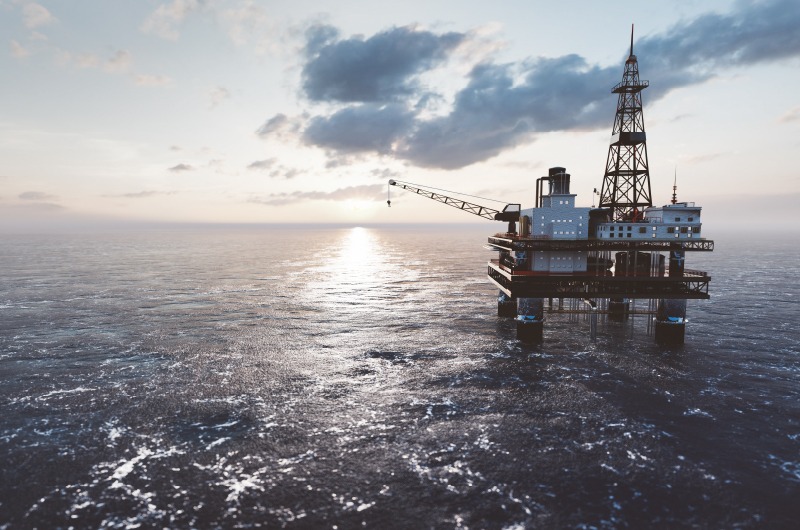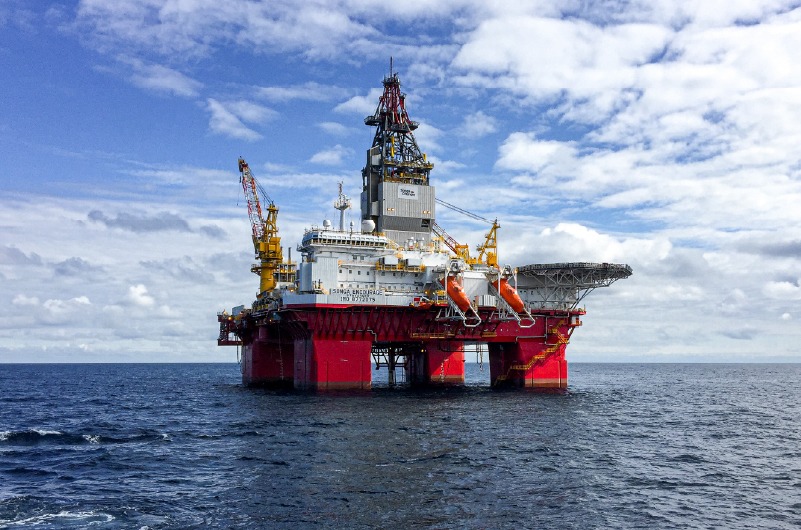It was in the year of 2020 that the oil and gas industries suffered a major crisis in their production due to the covid-19 pandemic.
Although the problem becomes more evident with the pandemic, it goes back much further.
Why is the oil industry at the mercy of its production?
The problem is a little more complex than one thinks when we analyze oil extraction around the world. Basically, there are 2 most common types of production, they are: Onshore and Offshore.
Onshore operations are less risky and require a lower investment cost due to their easier access by land. However, this type of operation is not able to fully meet the consumption demand for oil. Thus, industries end up opting for offshore extraction to balance the available stock.
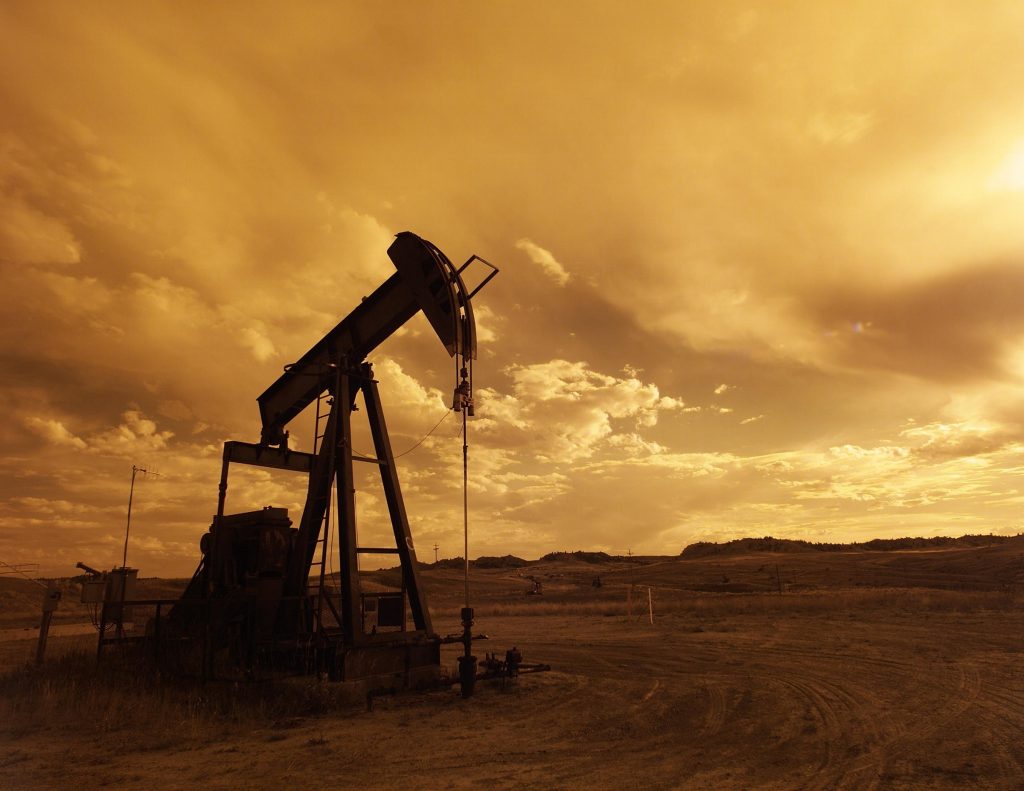
Offshore facilities are able to meet these increased demands by extracting oil and gas from mid-ocean reserves. However, as one might imagine, offshore installations involve much greater risks, greater difficulty in accessing, and consequently a higher cost for extraction.
Here is the first problem regarding the relationship between cost and production. The production cost in installations of this type can be so high that it is not feasible to take advantage of their full productive potential. Thus, industries are forced to reduce their production capacity in accordance with the price of a barrel so that they continue to make a profit on extraction.
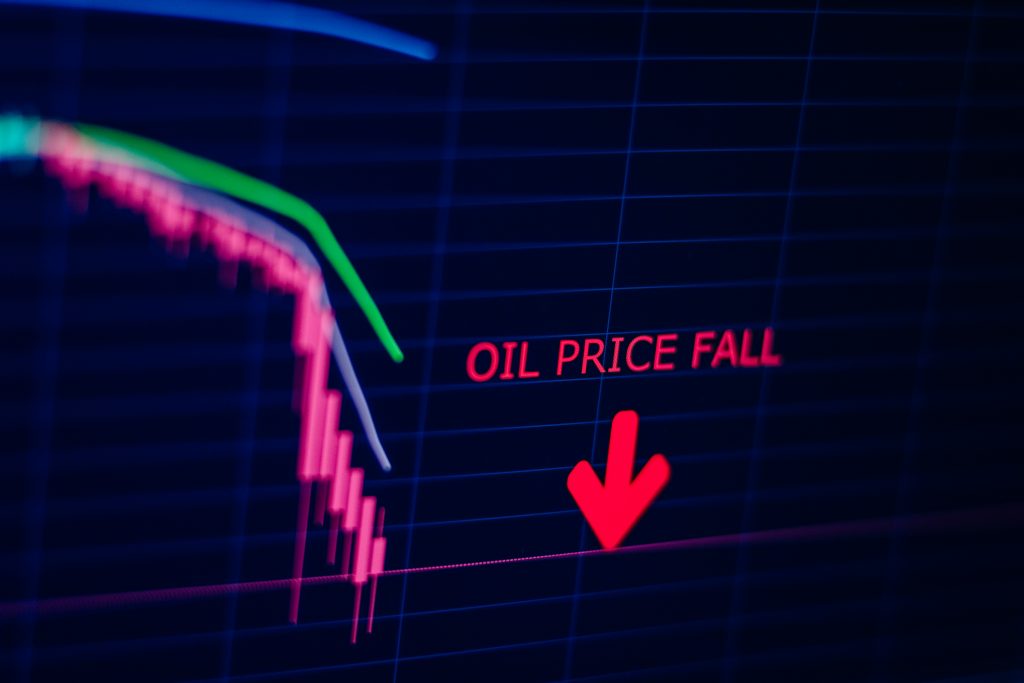
Oil plants are considered extremely complex operations that involve risks not only to their operators but also to the environment. For this operation to continue, investments of millions of dollars annually are required. In addition, offshore installations demand extremely high costs in relation to the logistics of their operators.
These aspects add to the cost of the operation and make the operation more expensive.
The future of the offshore oil and gas sector
Being highly complex and costly installations, the market discusses the feasibility of continuing offshore operations.
In the short term, this type of operation is not interesting. In addition to the high cost, many offshore installations already show signs of the end of life approaching decommissioning.
But taking into account the medium-term, operations continue to operate due to their ability to fuel consumer demand, (regardless of the impact of oil prices).
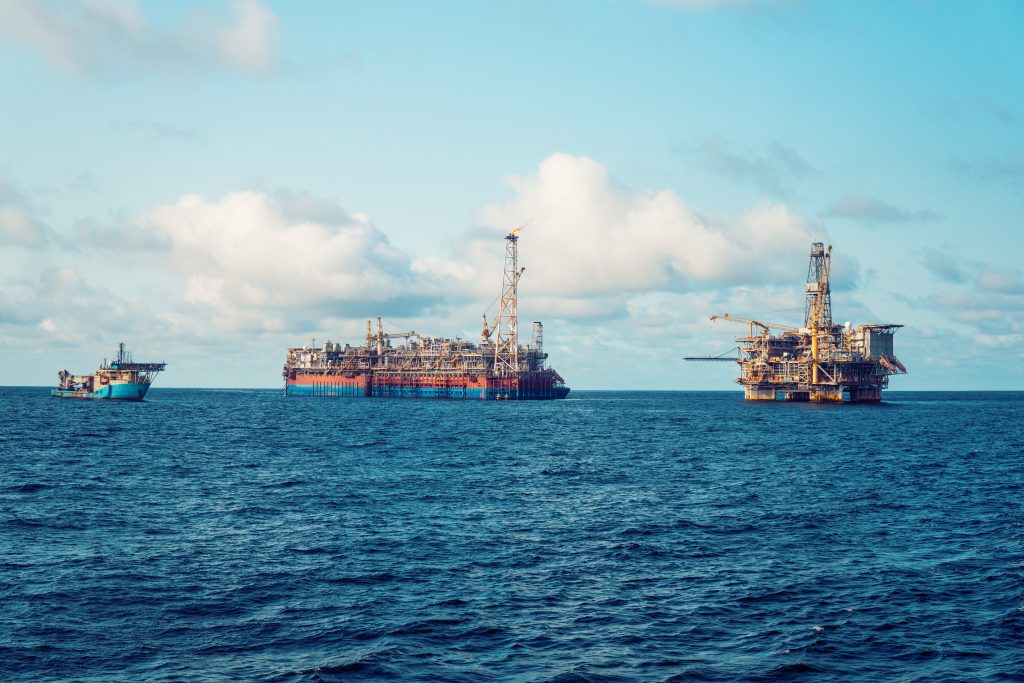
The future is still uncertain, but these industries, despite being complex, have the opportunity to reduce their production operating cost through an efficient digital transformation strategy.
The use of state-of-the-art technologies can be the fundamental point for the survival of this type of operation in the midst of so many difficulties.
Read: Digital Transformation: The Safety Valve of Offshore Operations
